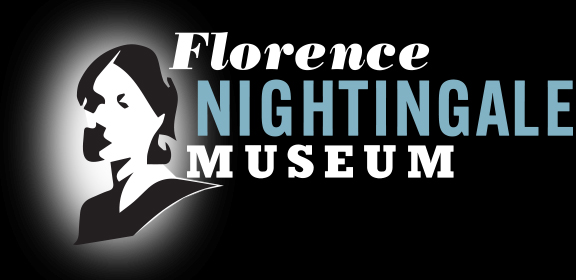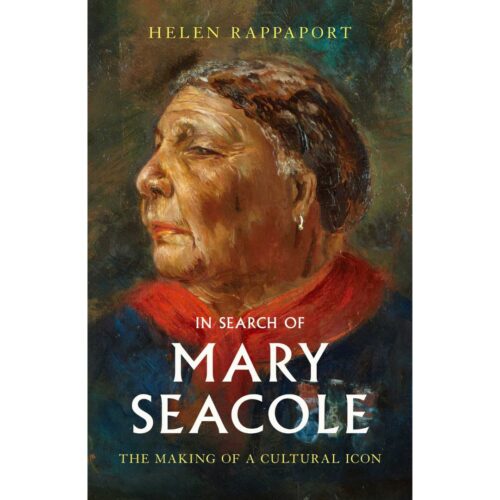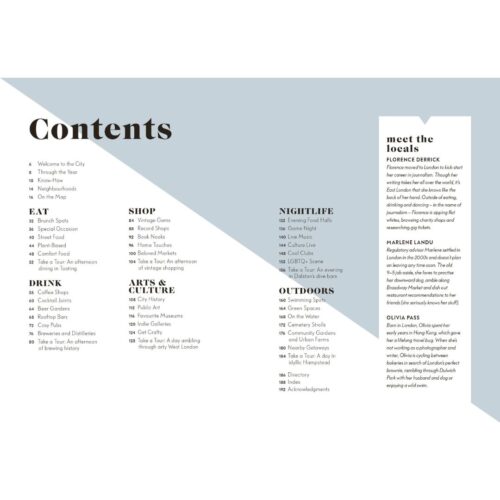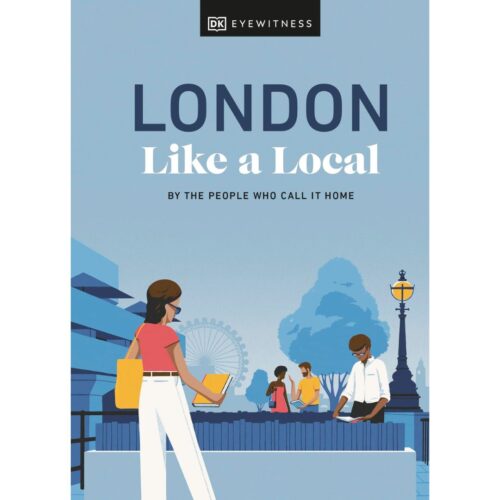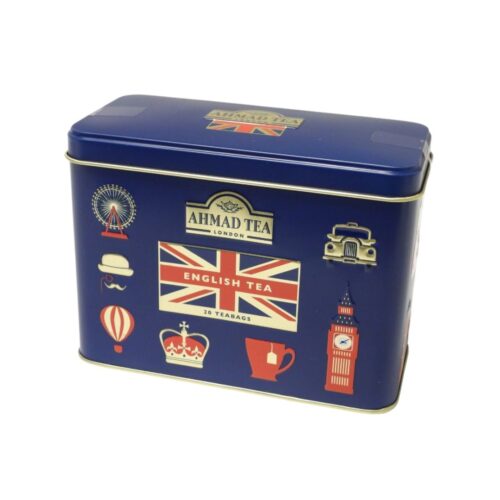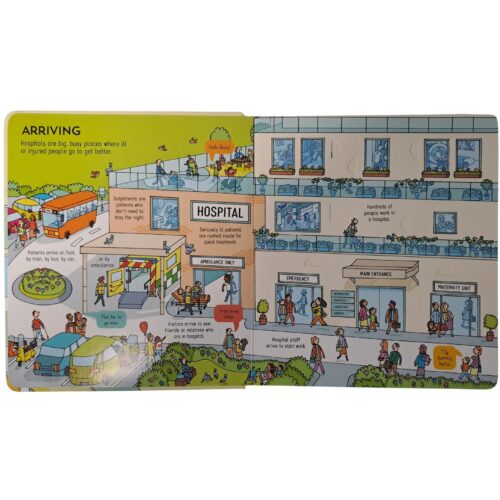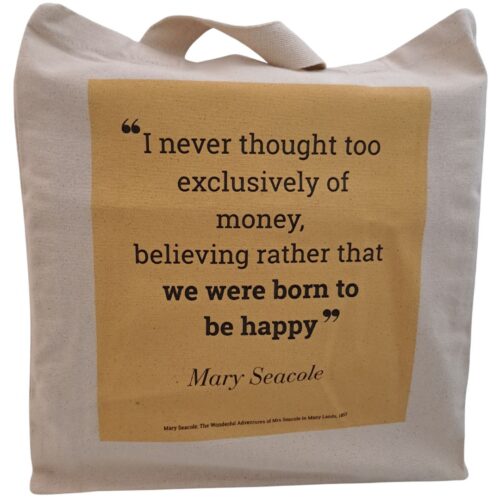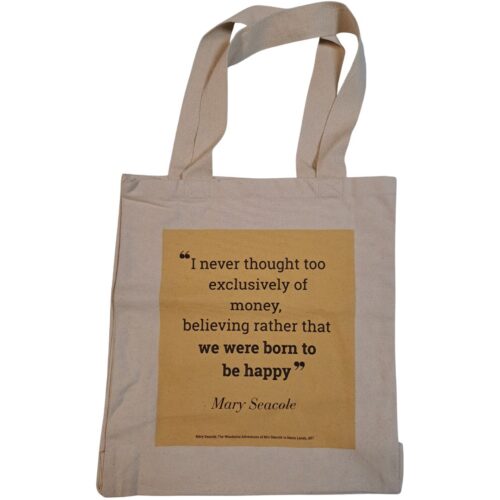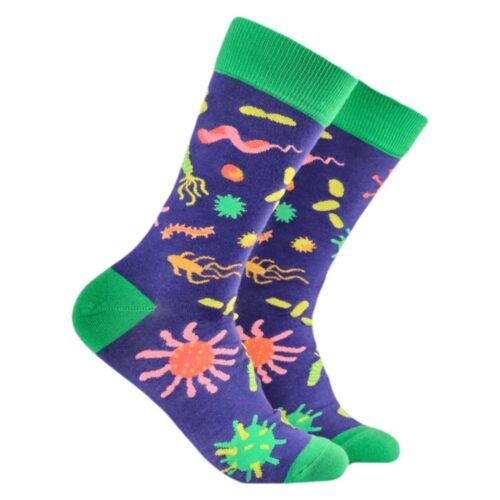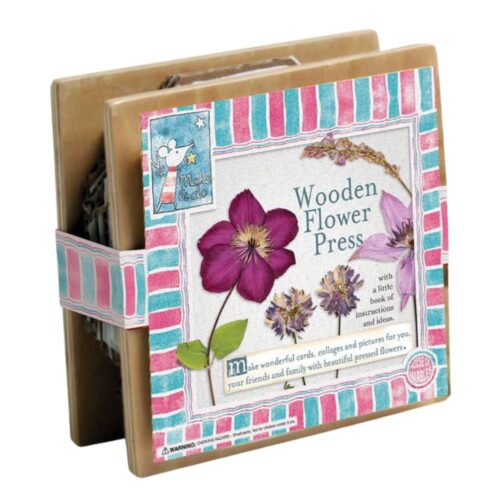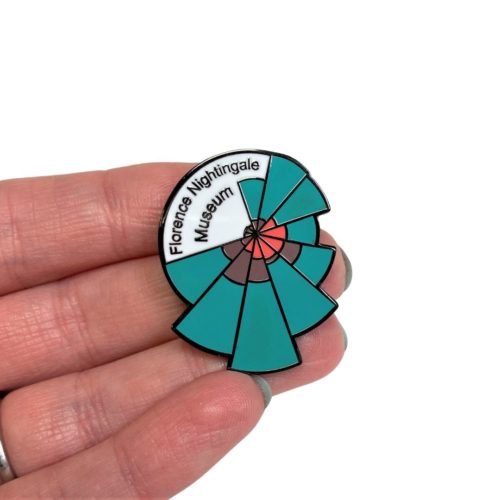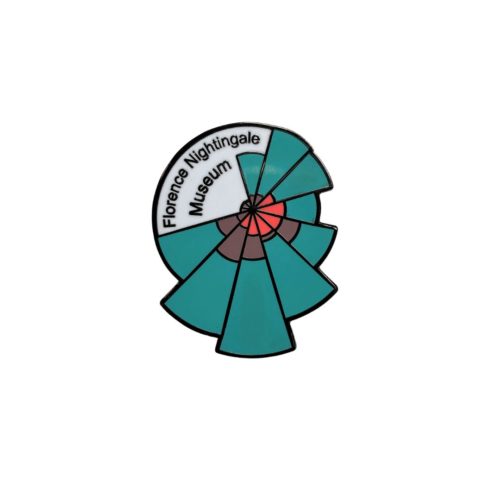-

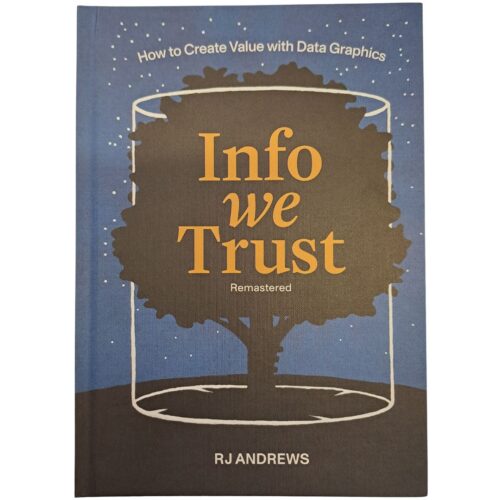 Goodreads calls this book, A love letter to data storytelling, and the book itself states that it takes readers on a journey through this subject, capturing its essence, with each chapter unveiling a rich tapestry of insights, tracing the evolution of charts from mere shadows of civilisation to potent instruments of persuasion.
Goodreads calls this book, A love letter to data storytelling, and the book itself states that it takes readers on a journey through this subject, capturing its essence, with each chapter unveiling a rich tapestry of insights, tracing the evolution of charts from mere shadows of civilisation to potent instruments of persuasion. -
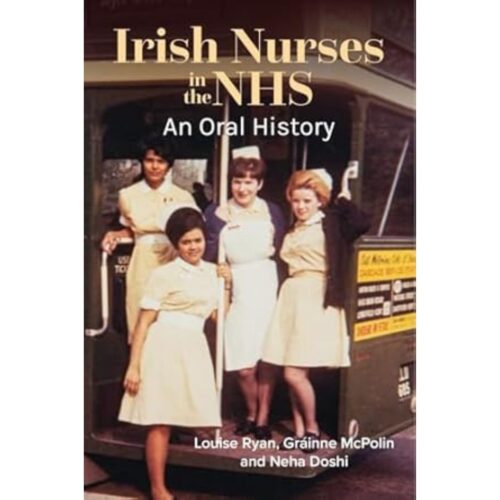 From the very beginning, in 1948, the National Health Service (NHS) actively recruited Irish women and men were to train and work as nurses in British hospitals. By the 1960s approximately 30,000 Irish-born nurses were working across the institution, making up around 12% of all nursing staff. Based on 45 interviews, this book tells the stories of Irish nurses in their own words using rich oral history and photographs.
From the very beginning, in 1948, the National Health Service (NHS) actively recruited Irish women and men were to train and work as nurses in British hospitals. By the 1960s approximately 30,000 Irish-born nurses were working across the institution, making up around 12% of all nursing staff. Based on 45 interviews, this book tells the stories of Irish nurses in their own words using rich oral history and photographs. -
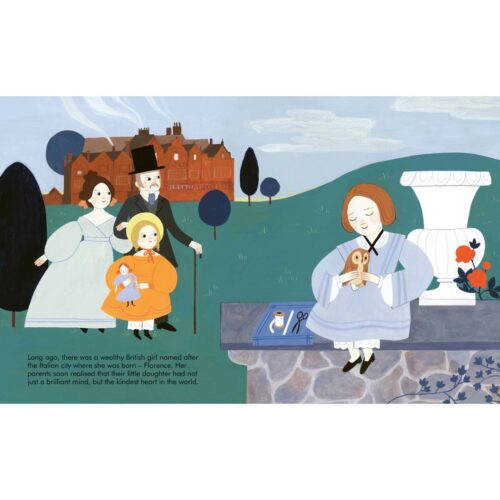
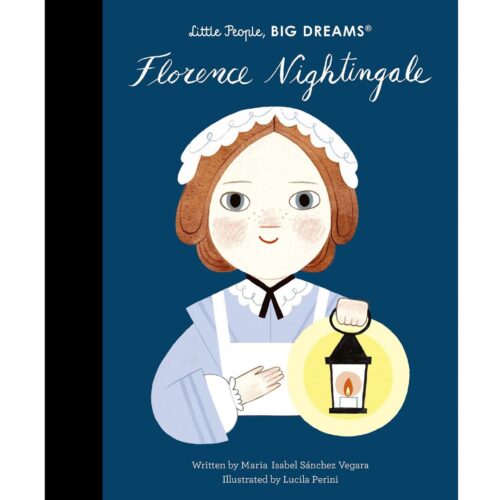 Meet Florence Nightingale, the founder of modern nursing. Growing up in an upper-class family, it was expected that Florence would find a husband and live a life of luxury—but that kind of life wasn’t for her. Her calling was caring for the sick and the poor, so she followed her passion with her whole heart and trained to be a nurse. When war broke out, Florence travelled to nurse wounded soldiers but found that the hospitals were so dirty that they were making people ill! This experience inspired her to lead a healthcare revolution, and she became the mother of modern nursing, introducing care practices still followed today. This inspiring book features stylish and quirky illustrations and extra facts at the back, including a biographical timeline with historical photos and a detailed profile of the social reformer’s life.
Meet Florence Nightingale, the founder of modern nursing. Growing up in an upper-class family, it was expected that Florence would find a husband and live a life of luxury—but that kind of life wasn’t for her. Her calling was caring for the sick and the poor, so she followed her passion with her whole heart and trained to be a nurse. When war broke out, Florence travelled to nurse wounded soldiers but found that the hospitals were so dirty that they were making people ill! This experience inspired her to lead a healthcare revolution, and she became the mother of modern nursing, introducing care practices still followed today. This inspiring book features stylish and quirky illustrations and extra facts at the back, including a biographical timeline with historical photos and a detailed profile of the social reformer’s life. -
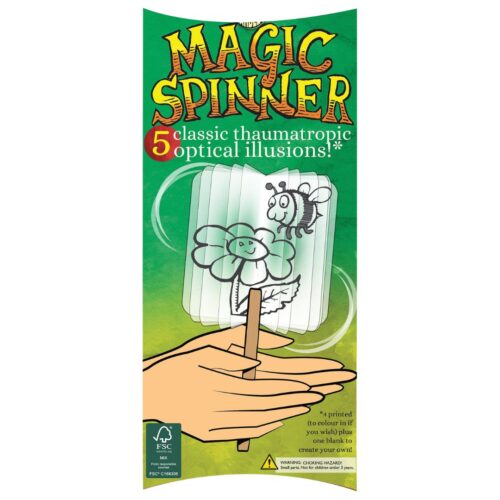 Create thermotropic optical illusions. 4 designs plus 1 blank card to make your own design. Slot the card onto the stick and then roll the stick between your hands and watch as the images on both sides of the card combine to create a full picture. Not suitable for children under 3 years of age as small parts may present a choking hazard.
Create thermotropic optical illusions. 4 designs plus 1 blank card to make your own design. Slot the card onto the stick and then roll the stick between your hands and watch as the images on both sides of the card combine to create a full picture. Not suitable for children under 3 years of age as small parts may present a choking hazard.
